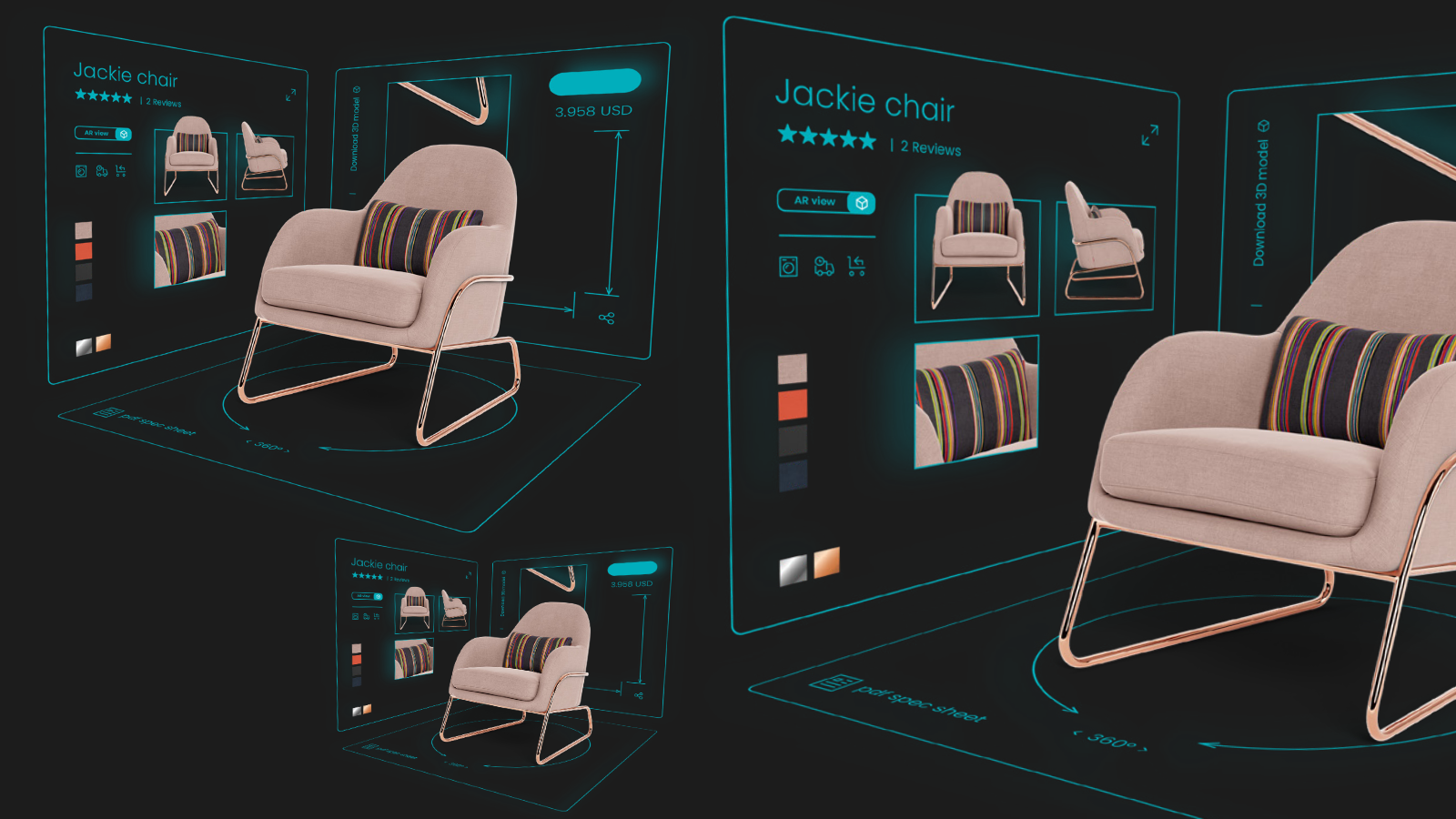Every touchpoint matters in the age of digital-first shopping. Every interaction is visual, emotional, and immediate.
Whether browsing on a phone, walking through a showroom, or clicking through a personalized email, customers expect a seamless journey that feels consistent and intelligent at every step.
This is the foundation of the visual economy: a world where immersive imagery, product configurability, and personalized experiences aren’t perks but the expectation. And yet, despite massive investments in omnichannel marketing, many brands fail to deliver the kind of continuity modern customers demand. The root cause is often a fragmented content infrastructure that can’t support a dynamic, visual-first journey.
The visual economy: When personalization becomes emotional
Visual content is no longer a supporting asset but the primary driver of engagement and conversion. Today’s consumers want to explore, customize, and see a product as they imagine it in their lives. For example, in categories like furniture or fashion, they expect to view a 3D model, try different styles and materials, and see their chosen configuration in real-world settings, sometimes even within their own homes via augmented reality.
This goes beyond utility. When customers invest time creating their ideal version of a product, they form an emotional attachment to it. That connection is powerful, and it dramatically increases the likelihood of conversion. But all too often, that momentum is lost when the experience breaks down across channels.
Where omnichannel efforts break
A sophisticated strategy is only as strong as the infrastructure behind it. Unfortunately, many brands still suffer from what we call “digital dead ends”: moments where the customer’s journey is disrupted by inconsistent, incomplete, or impersonal experiences.
This can take many forms. A shopper might engage deeply with a product configurator on mobile, only to find the desktop version lacks the same options. They might save a product in-store but be unable to locate it later online. Or they receive a follow-up email that shows a generic model rather than the customized version they created. These aren’t minor glitches — they’re moments that erode trust and hurt conversions.
The expectation: Seamless, visual continuity
Today’s consumer journey spans devices, platforms, and even physical locations. What they expect is not just omnipresence, but omni-consistency — where the visuals, configurations, and preferences they’ve interacted with follow them wherever they go.
Customers want to start their journey on one device and continue it on another without interruption. They want to return to a store and pull up the exact version they created online. And they expect that their preferences will be remembered, not reset. When this doesn’t happen, when they’re asked to start over, it creates frustration and drop-off.
The backbone of true omnichannel success
To meet these expectations, brands need more than a multi-platform presence. They need a centralized system that can deliver visually rich, personalized content across every touchpoint — consistently and at scale. That means managing content with modular furniture design software, optimizing media for different platforms, and ensuring every version of a product, not just the default, is accessible and shareable across the customer journey.
With the right infrastructure, brands can serve interactive visuals across platforms, personalize content based on behavior or location, and ensure in-store teams have access to the same configurations that users build online. Most importantly, they can do this in a way that feels fluid and human, not fragmented or forced.
Don’t just capture attention — convert it
Brands are spending more than ever to drive traffic through SEO, paid ads, influencer campaigns, and more. But if the customer experience on the other side isn’t intuitive, immersive, and emotionally resonant, that traffic is wasted.
Winning in the visual economy means investing in the experience, not just the acquisition. It means understanding where journeys break, where emotions fall flat, and where visual engagement is missing. Fix those cracks and build a system that keeps emotional momentum alive, and you don’t just increase conversions. You build loyalty.
Want to dive deeper into how to have a unified visual economy?
Watch the full webinar session to explore real-world examples, performance data, and practical strategies for implementing a unified visual experience.


